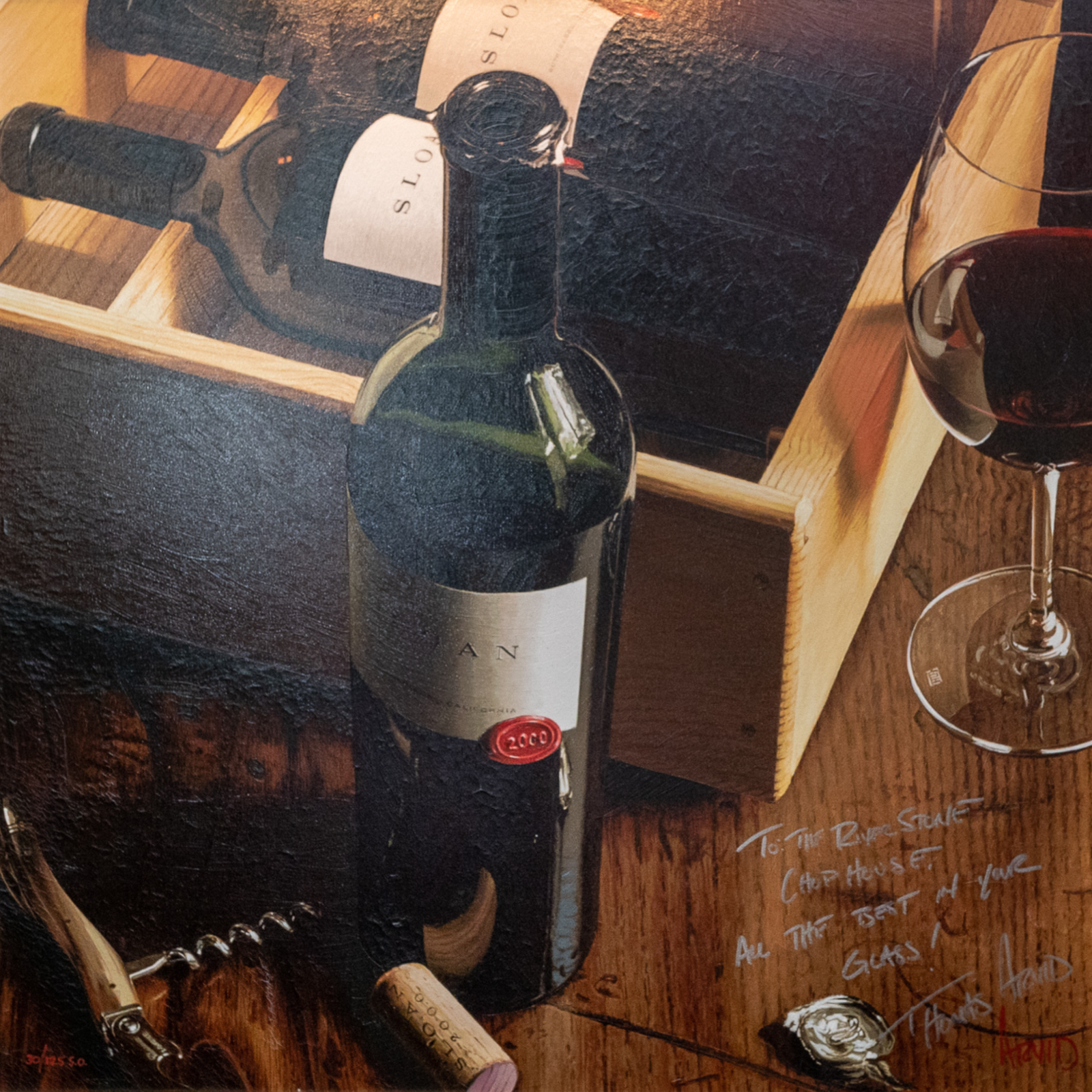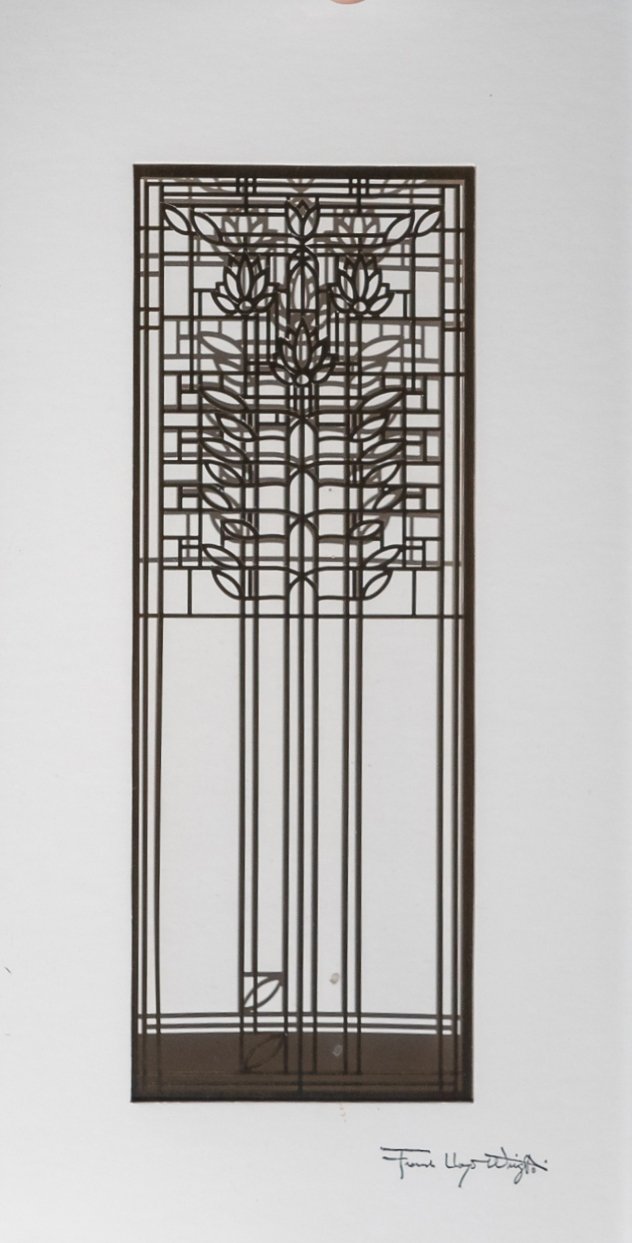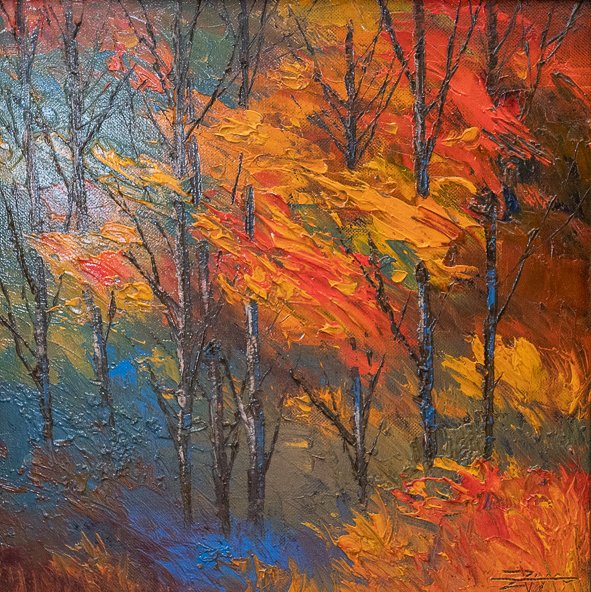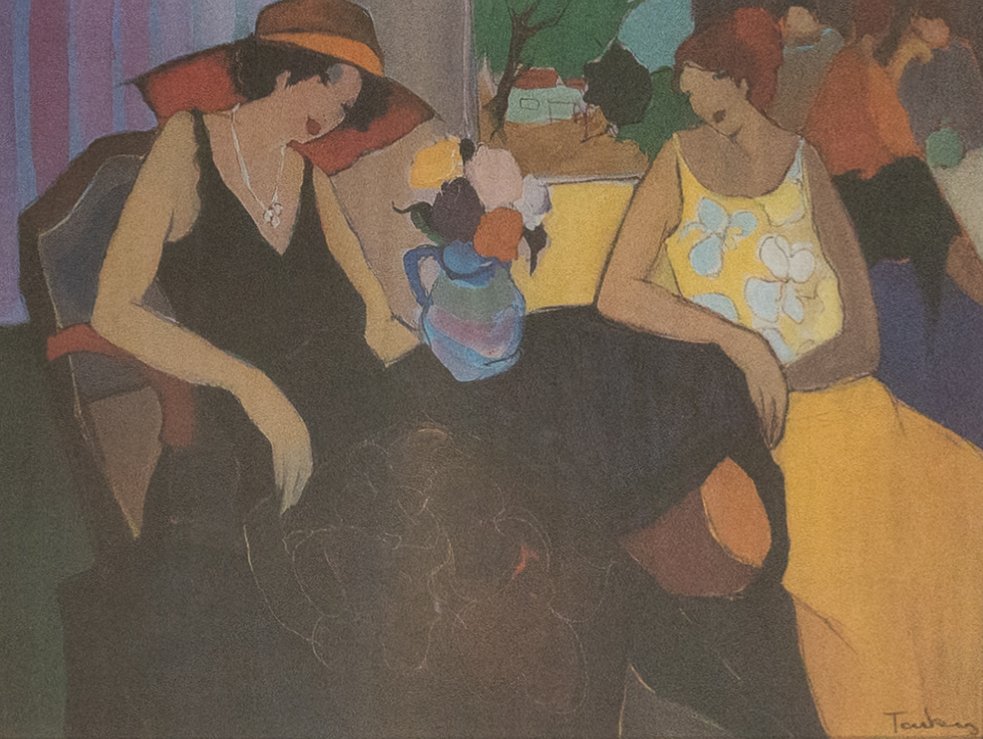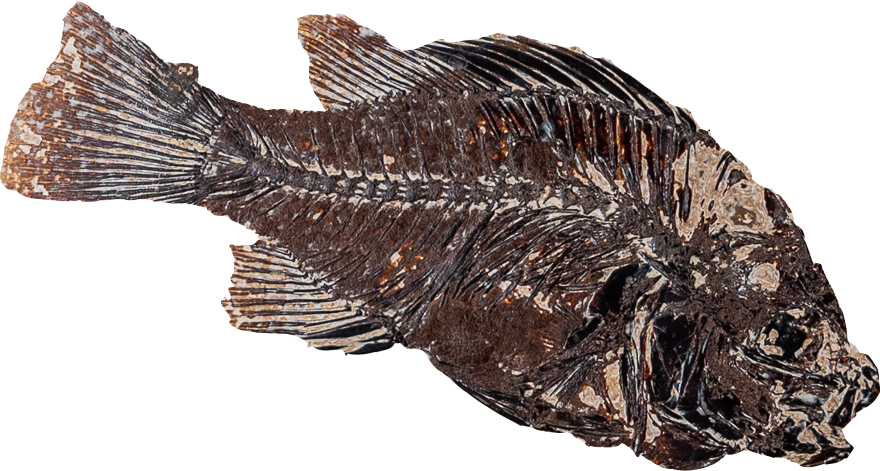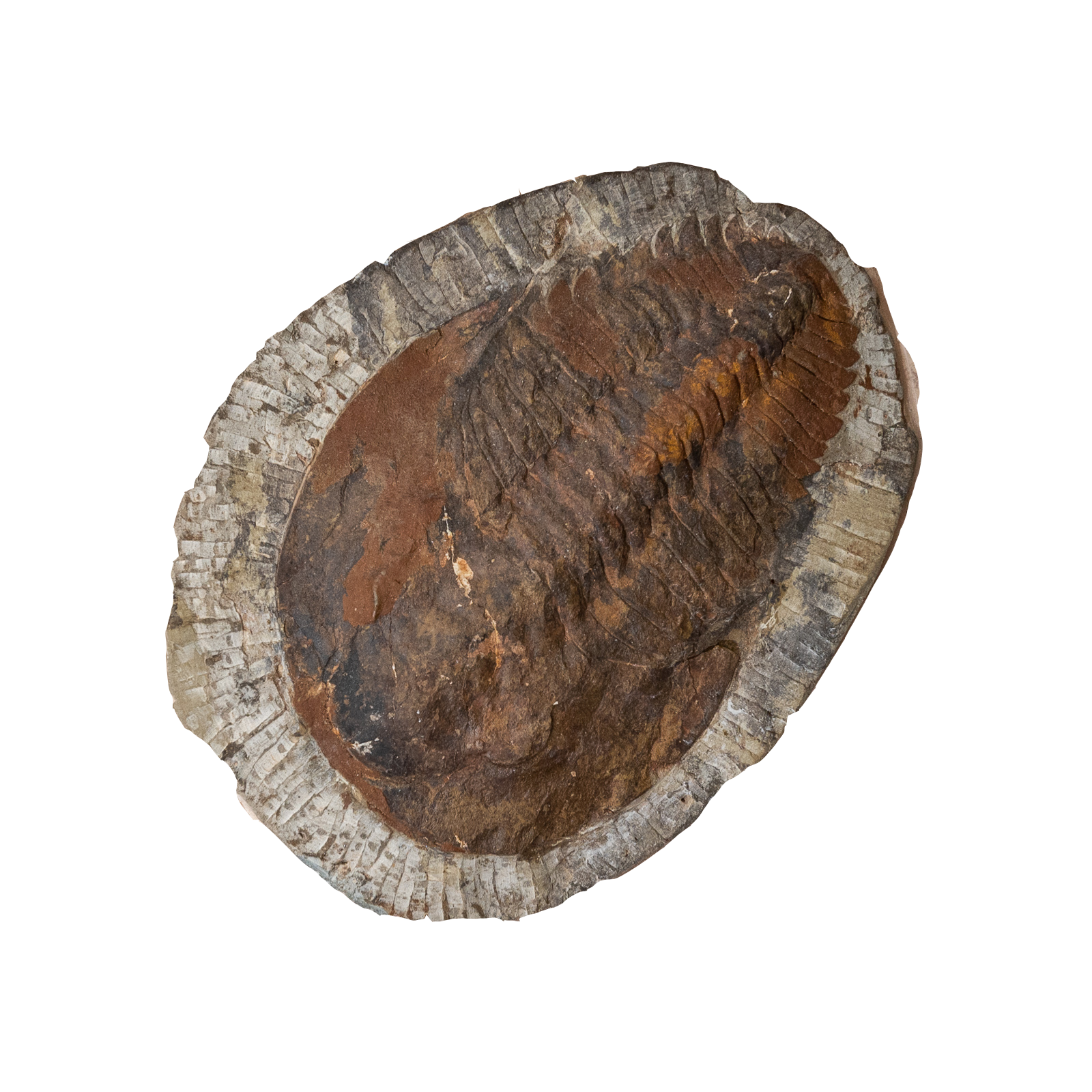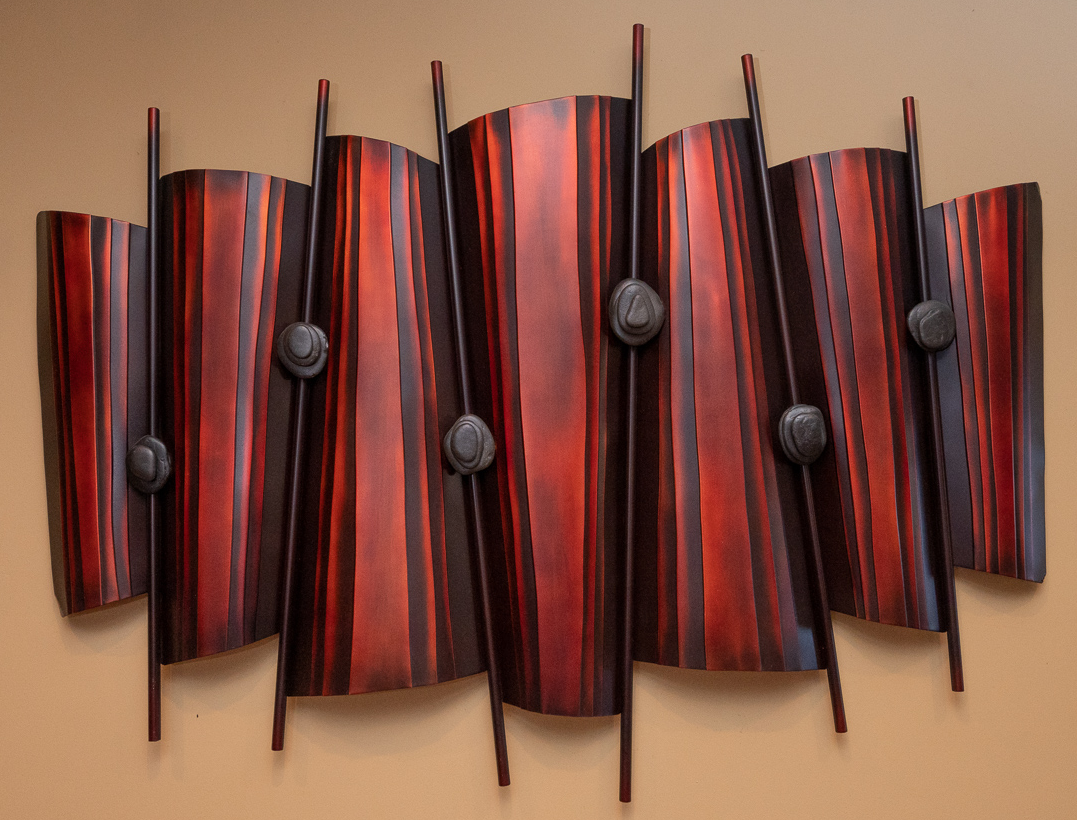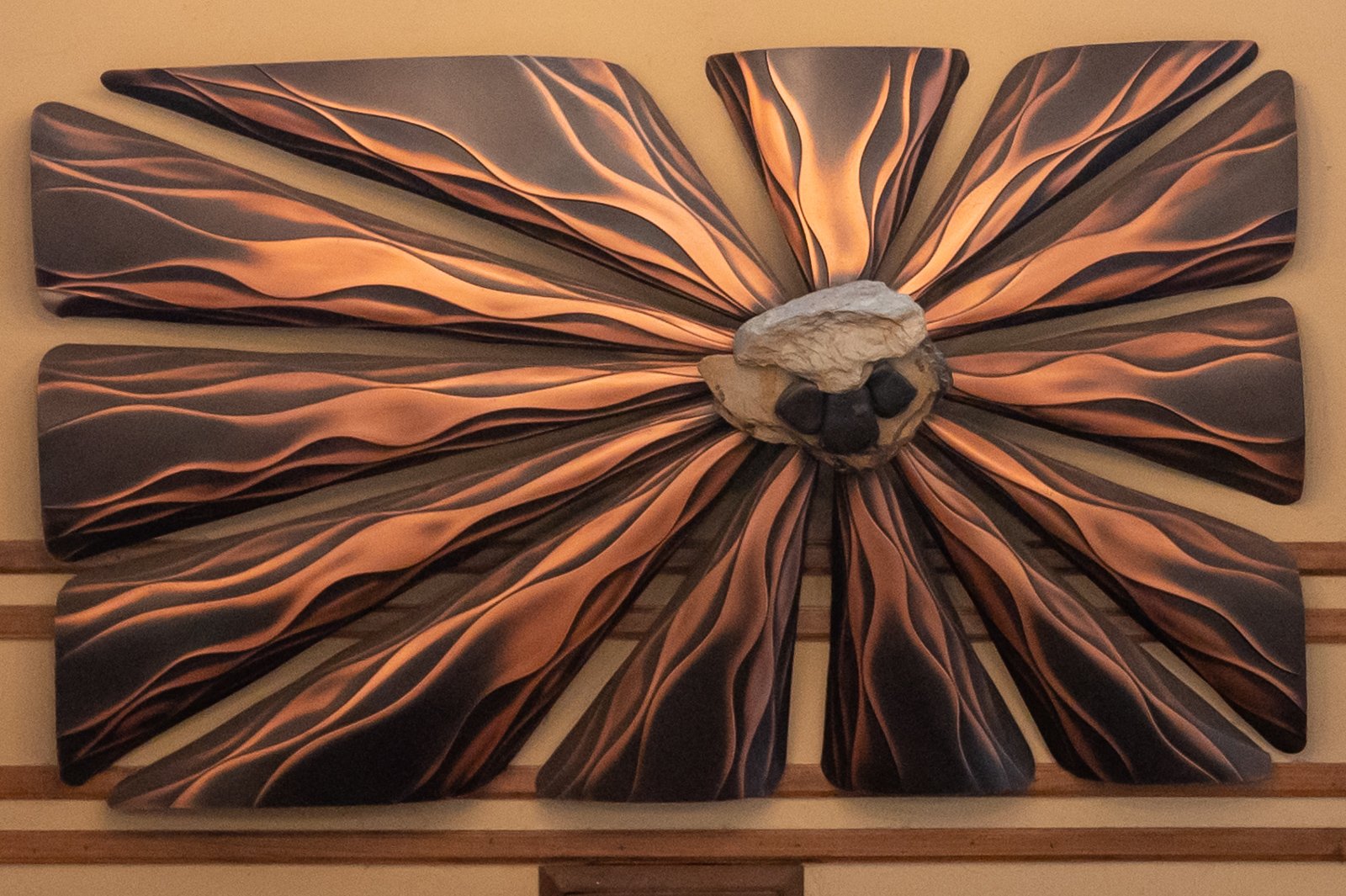Stone Wall Action
River Stone Chophouse is an artful paradise with styles of bold confidence with the hand selected artistry. Each piece was carefully considered by our team to complement our culinary mastery and help enhance the experience that each patrons has in our dining rooms.
Featured Artists
Thomas Arvid
Michael Flohr
Alexander Volkov
Frank Lloyd Wright
4 Ways to Enjoy River Stone Chophouse Art Gallery
Visit River Stone Chophouse — CLICK HERE to reserve your table.
CLICK HERE to browse through the Art Gallery.
SEARCH for specific art work by Title, Artist or Content in the SEARCH BAR below.
VIEW each piece below to enjoy the story behind the Art and the selection.
Original Art
Original Art by Thomas Arvid
Thomas Arvid possesses an unerring ability to refine a moment. In doing so he captures our wonder and has become an art world phenomenon. Art Business News (May 2003) credits him with “launching a major art trend…” with his oversized still life compositions of wine and the rituals surrounding it. Arvid astounds viewers with the intricate details of his images and with his mastery of light, depth, and reflection.
The magic of his painting is in Arvid’s ability to visualize and chronicle an entire scene beyond the frame – to tell a story of enjoyment and the good life – using lush color and adroit composition. Arvid is passionate about art and wine: a collector of both, he strives to capture the pleasure of a life well-lived on each canvas. An Atlanta resident and fresh-faced father of two young sons, the self-taught artist insists that wine should be approachable; his paintings are an embodiment of the casual way that we enjoy wine today. He is an appealing role model for a lifestyle of easy elegance and unpretentious charm.
Arvid’s approach to wine and painting is surprising, given his background as a Detroit native raised to parlay his inherent artistic talent into a secure job in the industrial complex. Instead, Arvid made the leap into pursuing his art as a career, and with the support of his art historian wife and inspiration garnered during a backpacking trip through Europe, he began painting full time.
Drawn to wine by his focus on the color red, Arvid knew he had discovered something when his paintings featuring red wine were being purchased before they were finished. Arvid is awed by the response to his work, “Wine is a great subject because people are familiar with it; they really connect to it. My paintings are really the landscapes between people sharing wine – it’s amazing that my collectors find personal fulfillment in my work, especially when I’m just doing what I love.”
The aura surrounding Arvid’s work is palpable. His international appeal has created such demand that his work is represented by over 50 elite art galleries in the US, Canada, and Japan; collectors are willing to wait years for one of his originals. Influential wineries such as Silver Oak Cellars, Far Niente, and Diamond Creek Winery collect Arvids because he translates the craftsmanship of wine to canvas. Doug Shafer, of Shafer Family Vineyards, likens Arvid’s skill to that of a winemaker, “Arvid’s style is big and bold, with enough selected detail and softness to create a sense of balance . . . this blend of elements is precisely what winemakers hope to bring to their top vintages.”
Today, Thomas Arvid and his wife, Vanessa, head Thomas Arvid Fine Art, Inc., one of the most successful boutique art publishing companies in the country. Founded in 2000, the company distributes Arvid’s limited editions and originals across the country and the world. In 2004 they released a retrospective of Arvid’s work, “Arvid: Redefining the Modern Still Life,” that traces the development of Arvid’s style from its beginnings a decade ago to the lifestyle it is today. The book is a fitting chronicle to illustrate one of Arvid’s favorite phrases, “Life without art is like dinner without wine. Why bother?”
Original Art by Michael Flohr
Michael Flohr's technical style, loosely defined as “Urban Impressionism”, “has been described as a combination of avant-garde, abstract expressionism and impressionism”.[3] He uses square brush strokes with elevated texture. When asked about his influences, Flohr says:
“The works of impressionist artists throughout history inspire me, specifically Pissaro, Monet, Manet, and Degas. Like these artists, I prefer to work in oils. I love oil paint because of its durability and the richness it brings to the canvas. I also believe that most people with an appreciation for art respect an artist's use of this classic medium.
I do not work with models. I prefer to sketch 'in the moment' as a scene unfolds, most often with charcoal. Many times, these sketches will become works of art in themselves, because they capture a different mood. Sometimes I work with candid photographs. I look for visual clues in a scene and then consider the overwhelming choices of color I can use to create my interpretation of an image. Observation is everything for me. Whether it is seen, heard or read; it is all connected to that which can be processed into a visual.”
A Moment of Dusk
Original Art by Alexander Volkov
Alexander Volkov is a Russian-American oil painter who was born in St. Petersburg in 1960 and has lived and worked in Hunterdon County for 25 years.
He started painting with oil as a high school student. From the age of 7 to 17 he attended a special English school and in 1986 graduated from the Department of Physics at Leningrad State University. Following graduation, Alexander worked as an animator at Leningrad Studio of Science Films and later as a stage artist in a small Leningrad theatre.
In 1981, he began to exhibit his original paintings with the “Brotherhood of Experimental Arts”, a collective of “underground” art groups active in Leningrad at the time. Later, he joined a splinter group called “Ostrov” or “Island” which united 30 artists who felt that, ideologically, their work was neither socialist realism nor extreme avant garde.
Reluctantly, he calls himself a “self-taught” artist.
“We really teach ourselves. If you want to learn, you will always find someone to learn from, be they dead or alive, great or unknown. You will learn from everything you see and hear around you, if you are willing to pay attention. Perhaps, during my formative years, I have made a lot of unnecessary mistakes, but at the same time I have had the enormous advantage of picking my own teachers.”
And so they were: William Turner, Vermeer, Franz Hals, Rembrandt and many others from the previous centuries as well as Edward Hopper, Maxfield Parrish and Andrew Wyeth of the 20th century. They also were Beethoven and Satie, Nabokov and Steinbeck, Einstein and Tarkovsky. Also school and university friends, physics professors and struggling artists.
“They have all taught me something – how to see, hear, understand things and most importantly, how to understand myself. I cannot separate any one of their voices from the voice which I hear inside of me and which has become my own voice.”
Combining a lifelong fascination with architecture, landscape and still-life subjects, Alexander brings drama and poetic expression into his work.
With his unique vision, he merges mood and atmosphere, evoking powerful emotions that create harmony.
“There is no greater mystery to me than the conflict of light and dark. In the way they clash and penetrate each other, there is the source of everything. Whether I paint a landscape, a still-life or a portrait, within it there is always a story of light traveling through darkness.”
Alexander creates landscape oil paintings, mixed media originals, charcoal drawings and genre paintings and is also available for commissions. Alexander is a self-published artist. Through Alexander Volkov Fine Art LLC he offers a vast portfolio of Limited and Collectors Editions on Canvas, based on his original works. Alexander Volkov Fine Art LLC prints and varnishes all pieces, and Alexander embellishes, signs and numbers every piece.
The Chophouse Architecture: Inspired by Frank Lloyd right
Frank Lloyd Wright (June 8, 1867 – April 9, 1959) was a Welsh American architect, designer, writer, and educator. He designed more than 1,000 structures over a creative period of 70 years. Wright played a key role in the architectural movements of the twentieth century, influencing architects worldwide through his works and hundreds of apprentices in his Taliesin Fellowship. Wright believed in designing in harmony with humanity and the environment, a philosophy he called organic architecture. This philosophy was exemplified in Fallingwater (1935), which has been called "the best all-time work of American architecture".
Wright was the pioneer of what came to be called the Prairie School movement of architecture and also developed the concept of the Usonian home in Broadacre City, his vision for urban planning in the United States. He also designed original and innovative offices, churches, schools, skyscrapers, hotels, museums, and other commercial projects. Wright-designed interior elements (including leaded glass windows, floors, furniture and even tableware) were integrated into these structures. He wrote several books and numerous articles and was a popular lecturer in the United States and in Europe. Wright was recognized in 1991 by the American Institute of Architects as "the greatest American architect of all time".[3] In 2019, a selection of his work became a listed World Heritage Site as The 20th-Century Architecture of Frank Lloyd Wright.
Raised in rural Wisconsin, Wright studied civil engineering at the University of Wisconsin and then apprenticed in Chicago, briefly with Joseph Lyman Silsbee, and then with Louis Sullivan at Adler & Sullivan. Wright opened his own successful Chicago practice in 1893 and established a studio in his Oak Park, Illinois home in 1898. His fame increased and his personal life sometimes made headlines: leaving his first wife Catherine Tobin for Mamah Cheney (1909); the murder of Mamah and her children and others at his Taliesin estate by a staff member (1914); his tempestuous marriage with second wife Miriam Noel (1923–1927); and his courtship and marriage with Olgivanna Lazović (1927–1959).
Happy Hour
Cody 1977
Pastel Pasture
Artist Unknown
Burning Trees
Zvma
Pear-ed up
Renee
Pear Bum
Artist Unknown
Floral and Fruit
Keller
Sunflowers
Keller
Legs
April Burris
Frank Lloyd Wright
Robe House
Frank Lloyd Wright
Oak Park
Babbling Brook
L. Taspell
Daisy
By Castillo
Don’t be Koi
Artist Unknown
Roaring 20’s
Artist Unknown
Gals Night Out
Tcarkery
Hats ‘n Splash
Tcarkery
Cigars
Artist Unknown
Ratatouille
Artist Unknown
Strings ‘n Keys
Artist Unknown
Trinity College
By Doug Naismith
Tunes
Artist Unknown
Quiet Thoughts
Rupe
Tree
Artist Unknown
Koi
J. Gaden
Afternoon Tea
Tcarkery
Contemplation
Tcarkery
Abstract
Artist Unknown
Golden Years
Artist Unknown
Fall Palette
Artist Unknown
To the Trees
Artist Unknown
Iris Rows
Artist Unknown
Autumn
Zofgal
Mistic Water
Ofoter
Can’t See the Forrest
Gape
Red
Artist Unknown
White
Artist Unknown
Pleasure
Artist Unknown
Fossils
Photography
Willie’s Wine Bar
Artist Unknown
Colorado Peaks
Brian Mullins
Waterfall
Ansel Adams
Dead Wood
Jr Compton
Bronzes and Other Sculptures
Pebbles
Meet Pebbles, River Stone Chophouse’s Mascot.
Born Man
Frank Lloyd Wright
Wolly Chaps
By Frederick Remington
Scrolls
Artist Unknown
Argyle
Artist Unknown
Dolphin Pass
Artist Unknown
Prehistoric Fins
Artist Unknown
Rock
Artist Unknown
Lillies
Artist Unknown
Military
F-18
Sector 7
F-35
Sector 7
Challenge Coins
2012 Deployment
Enterprise Carrier Strike Group
Fly With Fleet
US Navy
Abstract & Tapestries
Abstract Gold
Artist Unknown
Fire Grass
Ward
Prairie Grass
Ward
Celtic Art
Artist Unknown
Contemporary Tapestry
By Lin Lacer






